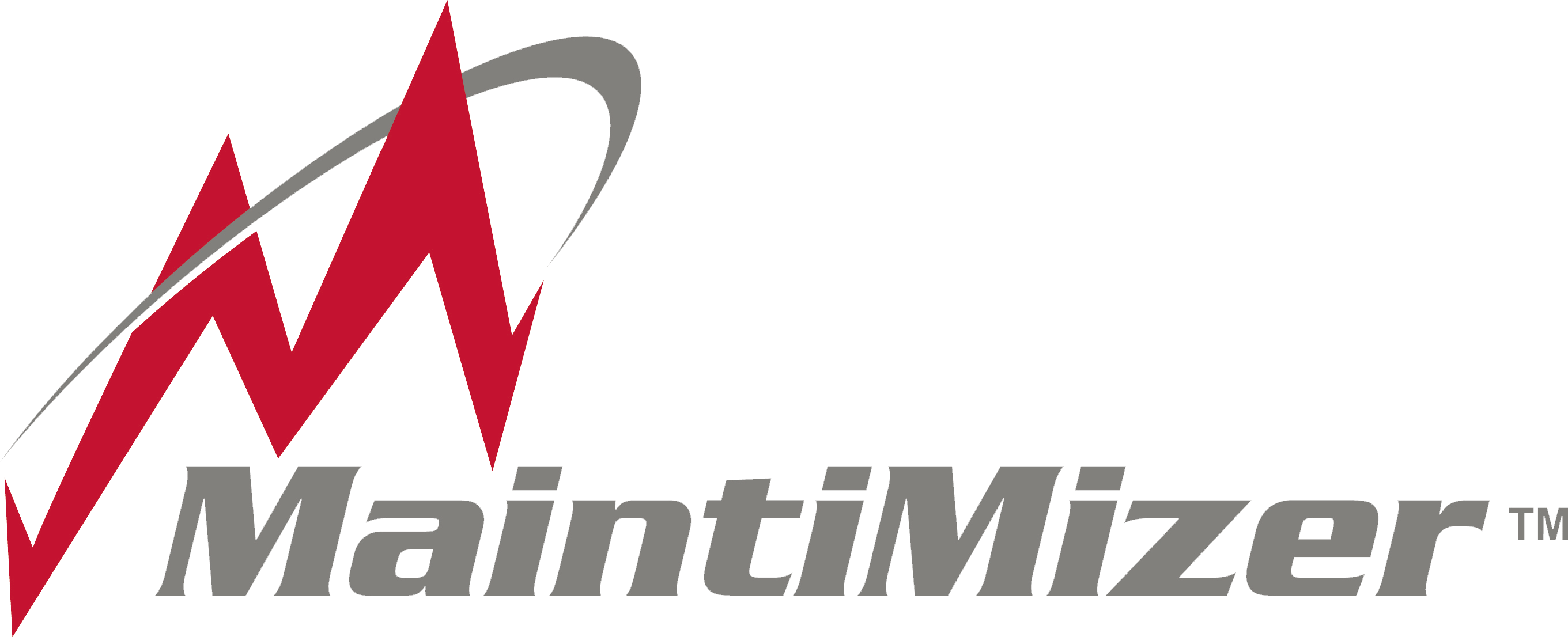A computerized maintenance management system (CMMS) keeps your department organized, and the data it provides can help eliminate obstacles such as budget constraints, time and staffing issues, asset failures, and inventory issues. The data your CMMS provides helps to track and manage the money your department uses and gives a clear picture to decision makers. Being able to know where the money is going and why can alleviate the pressures of budgets and help you determine whether your department is spending too much in one area. Read more here about how to properly manage your inventory to help save time and money.
Saving time is a big deal at most companies. We’ve all heard the phrase “time is money.” The data a properly set up and maintained CMMS provides will give a clear picture of how time is spent in your department. For example, how long it takes work orders to be completed and the average downtime of both employees and assets, planned and unplanned. When you look at your dashboard with MaintiMizer™ 5.0 report widgets, you can have most of this information upon sign in. You can see open work orders, dead parts, bad actors (equipment), completed and on-time work orders, and reported versus scheduled work orders.
Administrators or maintenance schedulers can use the data from open work orders to see whether there are any major backlogs of work, find out why and how to fix the issues. Are work orders taking longer to complete than normal? Are you dealing with employee turnover or call offs? Are there missing parts or tools? Now that you know what is happening and why, you can adjust your preventative maintenance plan and how many work orders are being assigned daily, create an asset criticality plan, go over how much inventory you have on hand each week, or make a case for hiring more employees.
Once you’ve established a baseline of data by entering in all relevant information for work orders, inventory, employee time, and costs, you’ll be able to quickly notice any trends or random outliers in your data, such as a spike in open work orders or a sudden lack of inventory or extended downtime on assets or employees. When one of these outliers or trends pops up, you’ll be able to catch it and work to find the root cause. Take for example, the report widget “equipment bad actors” on your home screen—it will show whether there are assets that seem to be failing repeatedly or having extra work done on them. Seeing this and fixing the underlying issue before there’s a major breakdown—well, I don’t have to tell you why that’s important!
Obstacles are part of life. We can’t escape them all. But having the right tools and insights can help alleviate the major ones or reduce the number of obstacles so your department runs more efficiently. Create a plan in case the major obstacles are unavoidable. Maintenance doesn’t have to be a reactive profession.

